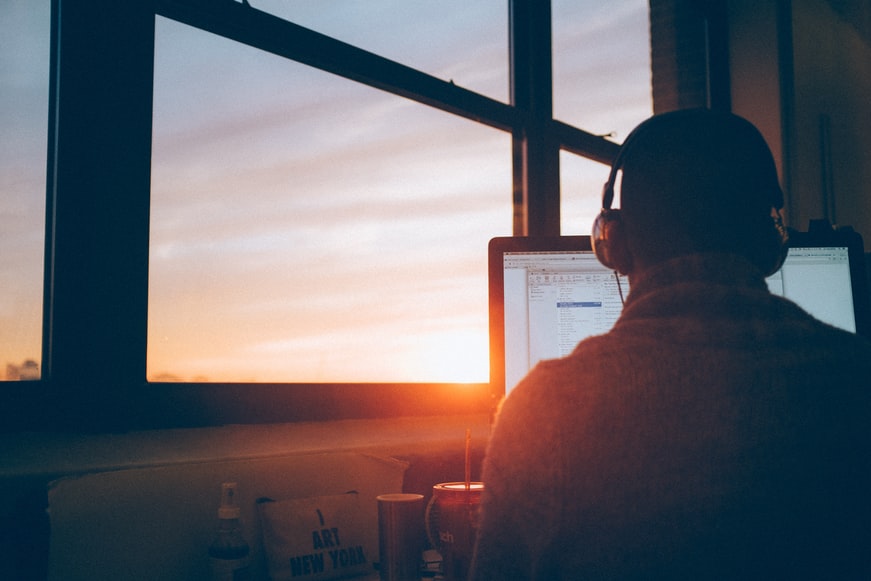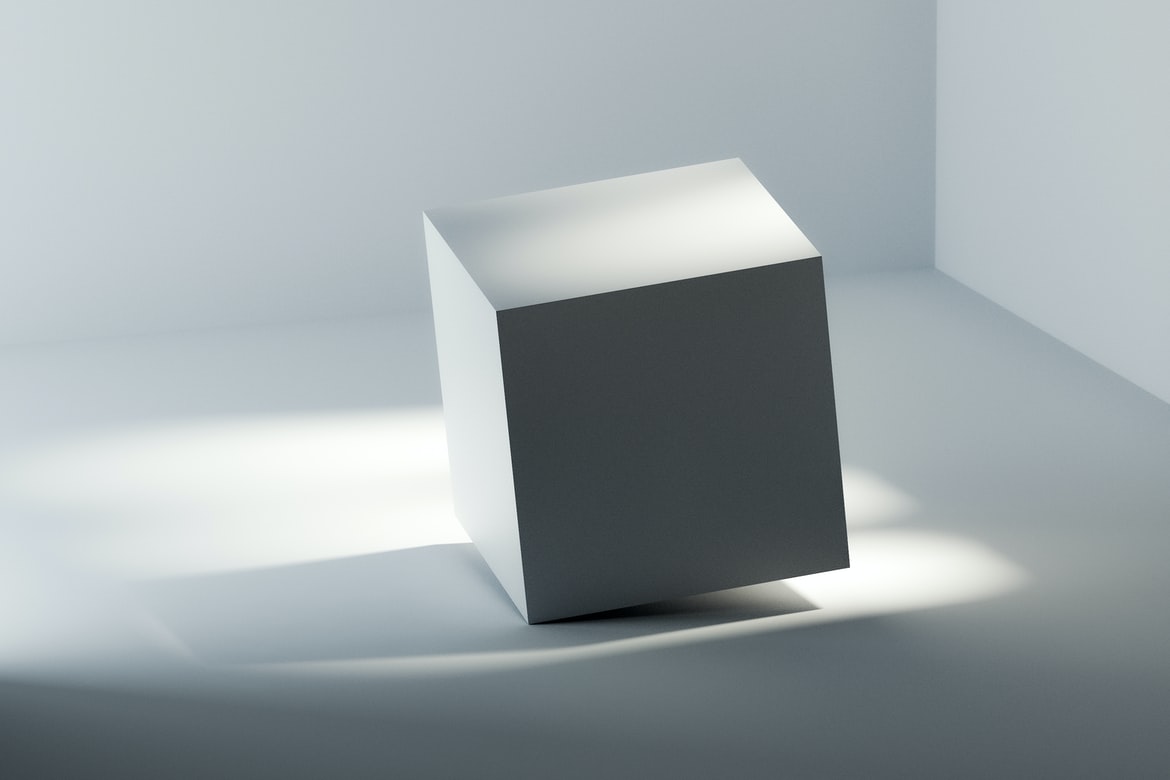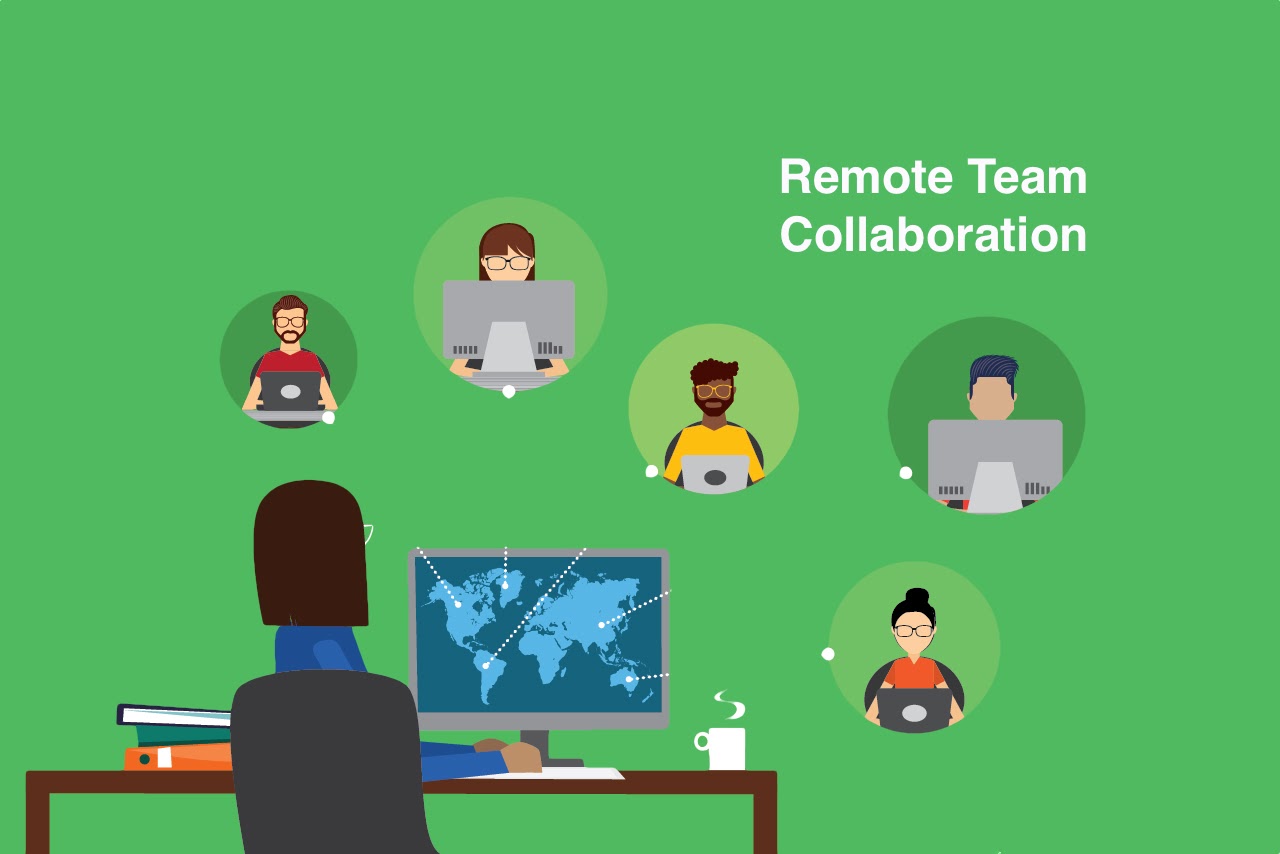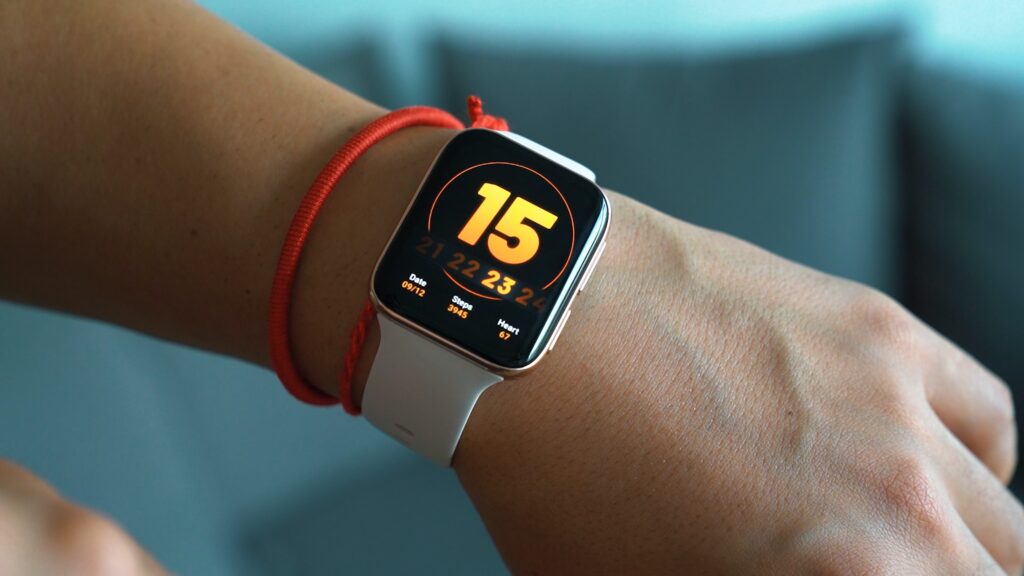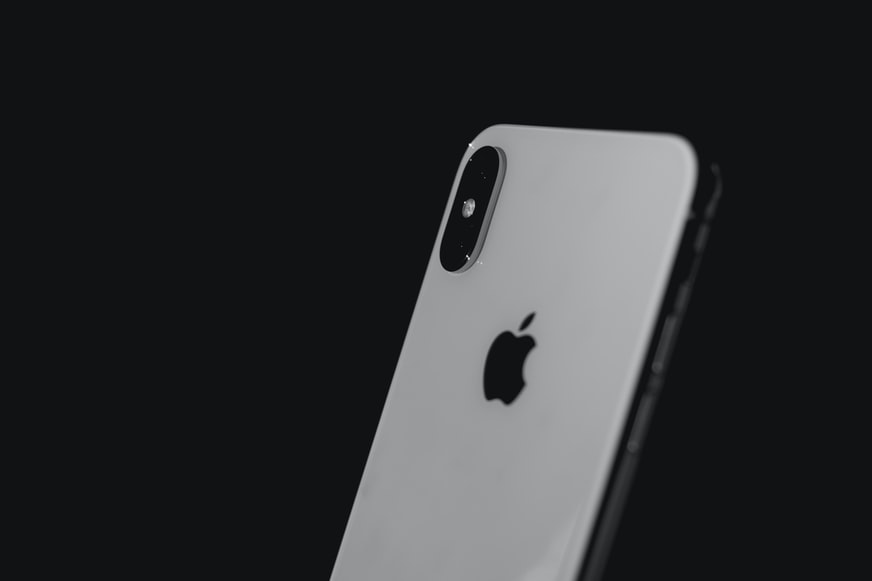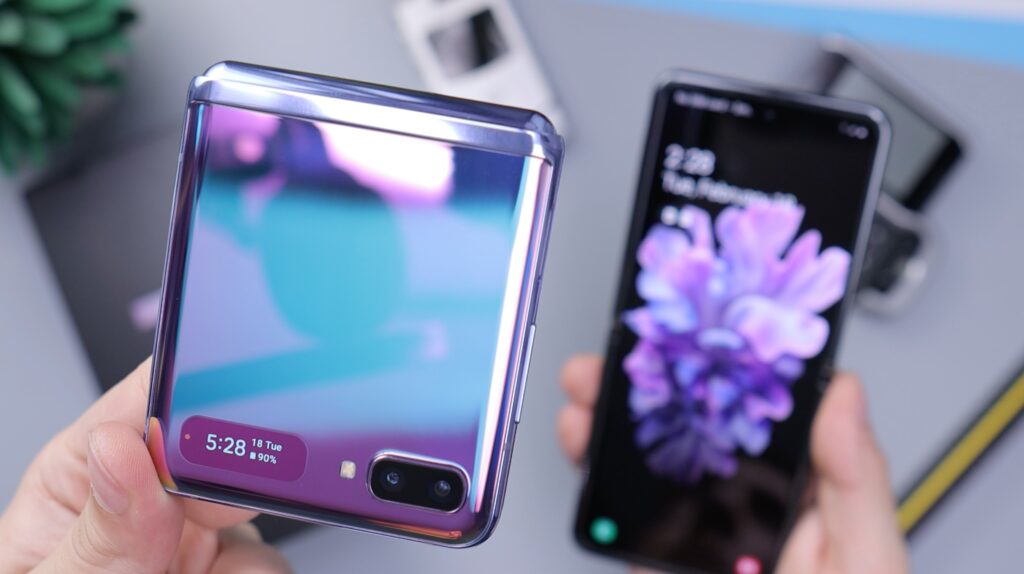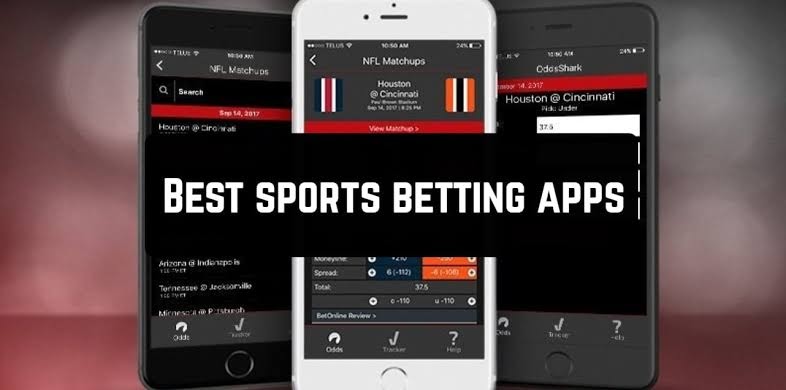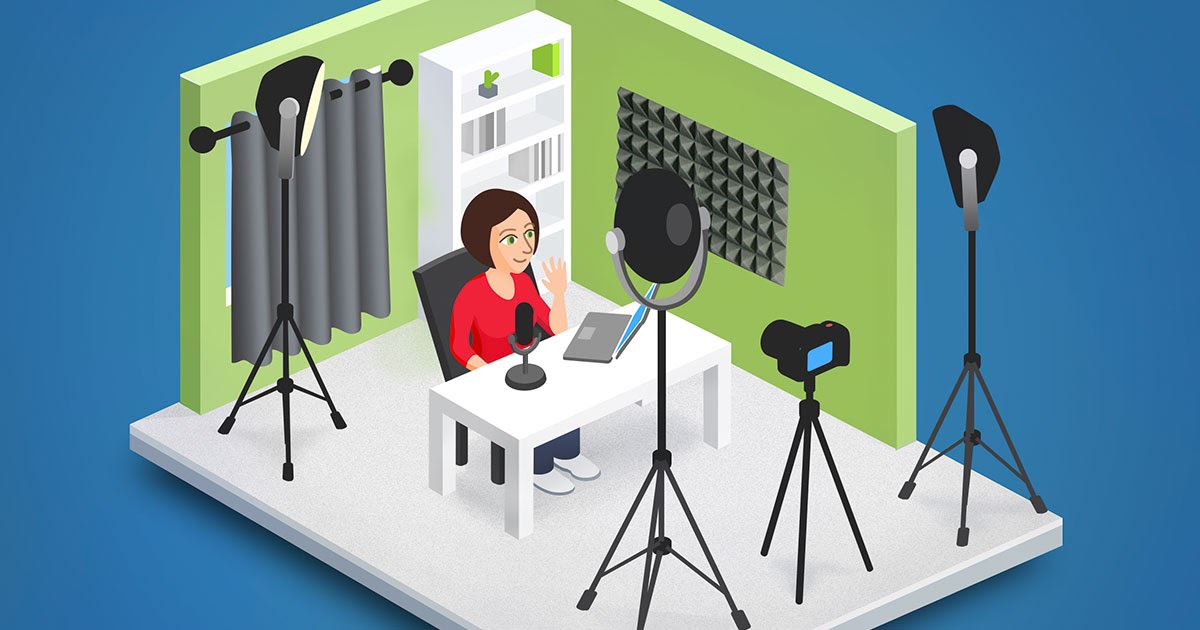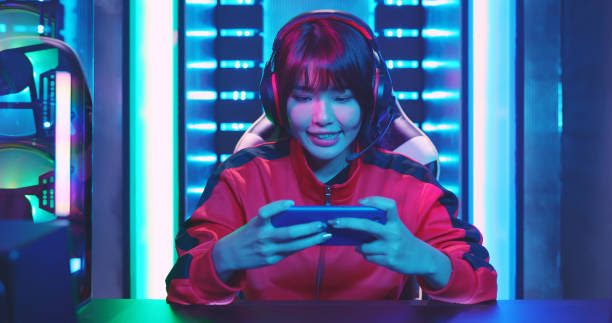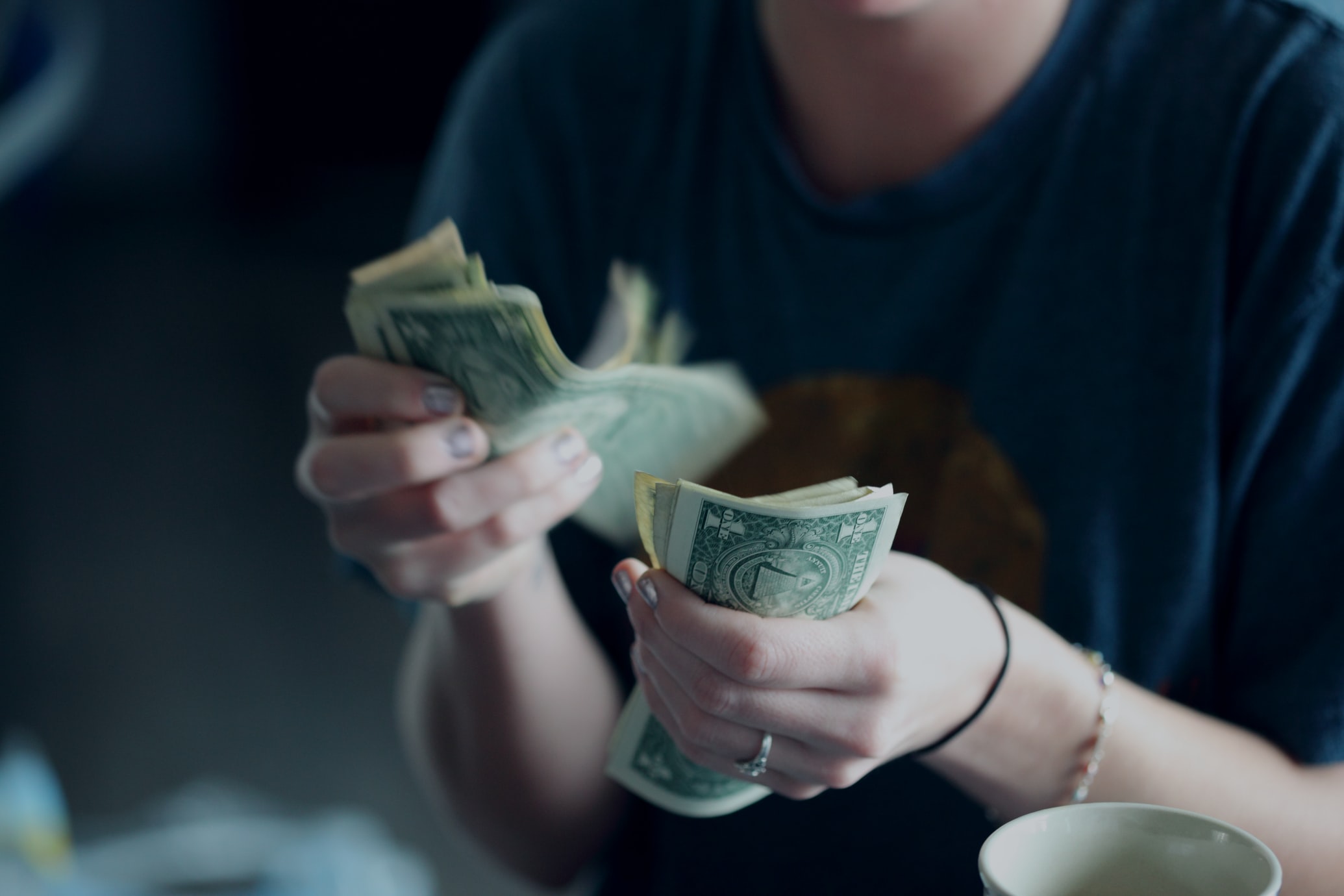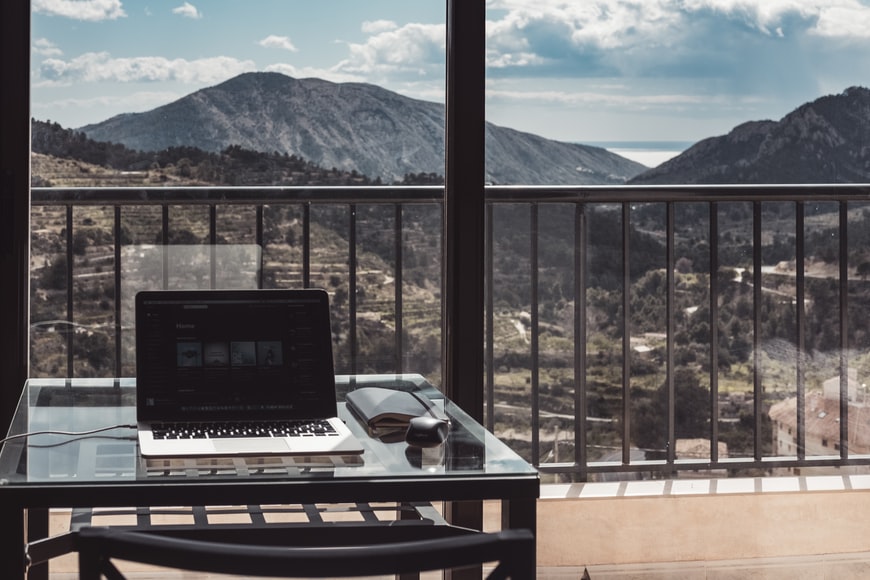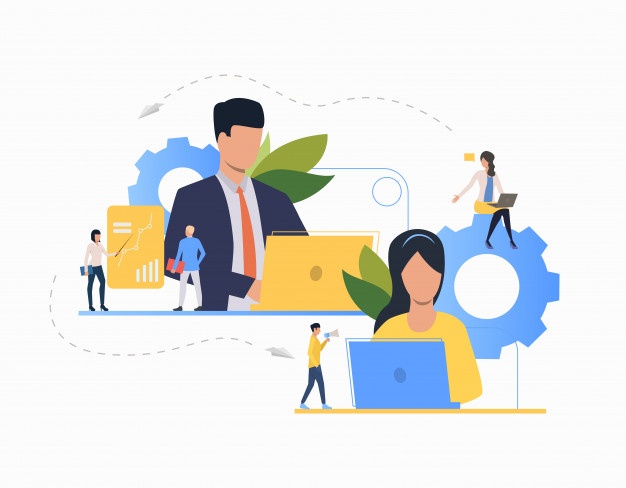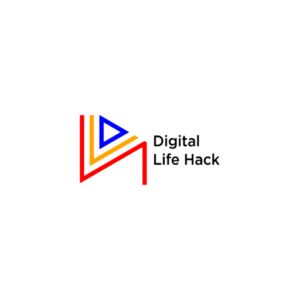What is Digital Plagiarism and How to Avoid it?
Can we ever talk about Digital plagiarism without addressing what plagiarism itself means? Definitely not. Plagiarism happens when an article, writing, a work of art, or any form of narrative is used and/or published without appropriate referencing or citation of the original author(s). In a bid to derive benefit whether monetary or otherwise in form of recognition, website traffic or even for academic purposes.
The Merriam-Webster online dictionary defines Plagiarism as:
- “The stealing and passing off (the ideas or words of another) as one’s own”.
- “Using (another’s production) without giving credit to the source”.
- “Committing literary theft presenting as new and original an idea or product derived from an existing source”.
According to the Chambers Concise Dictionary, “to plagiarize” means:
- “To copy (ideas, passages of text, etc) from someone else’s work, and use them as if they were one’s own”.
In short, plagiarism is stealing and lying both at the same time.
Digital plagiarism is the most rampant form of plagiarism due to the ease at which content can be accessed on the internet, it is representing an idea, physical object, concept, or content in digital form (visual, audio, or audio-visual) without crediting the original author.
Before the advent of modern technology and software, the detection of plagiarism was laborious, it was an uphill task for an author to remember a piece of their content and match it to a plagiarised work. In 1758, Hannah Glasse put her signature on the first page of the 6th edition of her book, “The Art of Cookery Made Plain and Easy” in an attempt to keep plagiarists at bay.
What many might not know about digital plagiarism is that it has its roots deep in almost every sector, entertainment (music, comedy, etc.), education, business, scholarship, marketing, writing, and so on.
The most talked-about form of digital plagiarism is copy-paste action which is by a mile the easiest to carry out.
There are other forms of digital plagiarism that are not easily detectable, a recent study, “plagiarism on YouTube” has shown that YouTube has an alarming rate of plagiarism that is almost never found out because of the massive number of videos and content uploaded on it.
What about music, videos, and images, can they be plagiarised too? Definitely, yes! Without proper citation and permission from original authors and creators, they can be plagiarised.
I bet the next question on your mind is how…? They can also be stolen and in the most tricky ways too:
- Copying media and pasting them as your work on your website.
- Using images without getting copyright permission.
- Composing your musical lyrics after the concept of an already published work.
- Re-creating a visual work (video or visual) in a different manner (for example, repeating the content of a video creator in a dubious way by translating it to a language they would not understand).
Even the music industry is somewhat knee-deep in plagiarism. Of recent, Wisekid a young budding Nigerian artiste was said to have made millions by plagiarising the content of popular Nigerian artiste “Wizkid”, although Wisekid tweeted saying he wasn’t involved in the scandal, reports have it that he was also accused of having made $73,170 monthly since October 2020 via Apple Music and other streaming sites.
Popular Brazilian musician Jorge Ben Jor also accused Rod Stewart of being a plagiarist, making an accusation that Rod’s 1979 No. 1 hit “Do Ya Think I’m Sexy?” is alike to his song “Taj Mahal”. Do ya think I’m sexy PLAGIARISM
One of Ariana Grande’s popular music videos “One Last Time” was also accused of using the Australian group SAFIA’s concept in their clip “You Are The One” made by artists Ben Woolner, Harry Sayers, and Michael Bell. Check here.
TYPES OF DIGITAL PLAGIARISM
Total Plagiarism
It is one of the most severe forms of plagiarism where the characters of the text are entirely preserved and reused as your own original work. That’s straight-up dishonest, right?
Source-based Plagiarism
When you take the concept from different sources making it harder to cite all of your sources, then the occurrence of source-based plagiarism increases. For example, extracting content from two or more different sources and you don’t cite all of them.
Self-Plagiarism
Self-plagiarism is reusing part(s) of your published content without mentioning it. It is often used when an author or content creator wants to save time in creating another content, while still trying to make it look original.
Mosaic Plagiarism
This kind of plagiarism is usually done by paraphrasing and rephrasing to distort the outlook of the content being copied from, this preserves the idea and concept of the original author.
The stolen portion is transformed making it hard to spot and then presenting it as your original work.
Accidental Plagiarism
This happens when you try to create something of your own and it ends up having a resemblance to content already on the web.
HOW TO AVOID PLAGIARISM: What Is The Way Out?
Of course, there are proven ways to avoid plagiarism including accidental plagiarism, these methods include;
- The use of plagiarism checker tools that will state how unique or plagiarised your content is (audio, visual or audio-visual) to websites that contain similar work to yours. This method is the first step out of plagiarism done simply by uploading your file or pasting your text, it does a thorough check to show whose work you have plagiarised, quite fair to original authors. The best Plagiarism checker tools are Grammarly, Plagiarisma and Viper.
- Citations when you reference other authors. The simple act of acknowledging that specific material has been borrowed from someone or somewhere for your own use or your audiences’ goes a long way in preventing plagiarism. Where content needs to be reproduced, ensure it is in quotes.
- Referencing whatever content is extracted from other websites by adding a link to such websites.
- Intensive research of whatever content you want to put on the internet.
- The use of stock photos should be encouraged in cases where you need to infuse images in your texts to make them appeal to your audiences. This is mainly because they aren’t always subject to copyright laws. Here are great websites to check out, Getty images, iStock photos.
MULTIPLE EFFECTS OF DIGITAL PLAGIARISM
In 1996, the U.S. Senate passed the Digital Millennium Copyright Act (DCMA), solely for content on the internet. This served as an addition to the international copyright law that made all published content automatically protected by copyright.
Legal action can be taken against suspected plagiarists which was the case when The family of Marvin Gaye (late soul singer) sued Thicke for infringing copyright laws over his song “Blurred Lines”, they alleged that it was similar to Gaye’s 1977 hit song “Got to Give It Up.”. Check here
As a result, for intending plagiarists, they should bear in mind that any plagiarist caught in the act will consequently be penalized, suspended, or expelled from school or work or fined monetarily or will have necessary and appropriate action taken against them whichever the case may be.
It also brings a sense of mistrust to your clients, making them lose confidence in you and your work, your career might even come to an end.
Avoid PLAGIARISM like a plague!!!
We are in a century where almost everyone has complete access to any resource deposited on the internet this has had both positive and negative impacts. While plagiarism has drastically increased with the copy-paste action, plagiarism in the digital age is becoming easier to detect hence the need for plagiarism checker tools.



